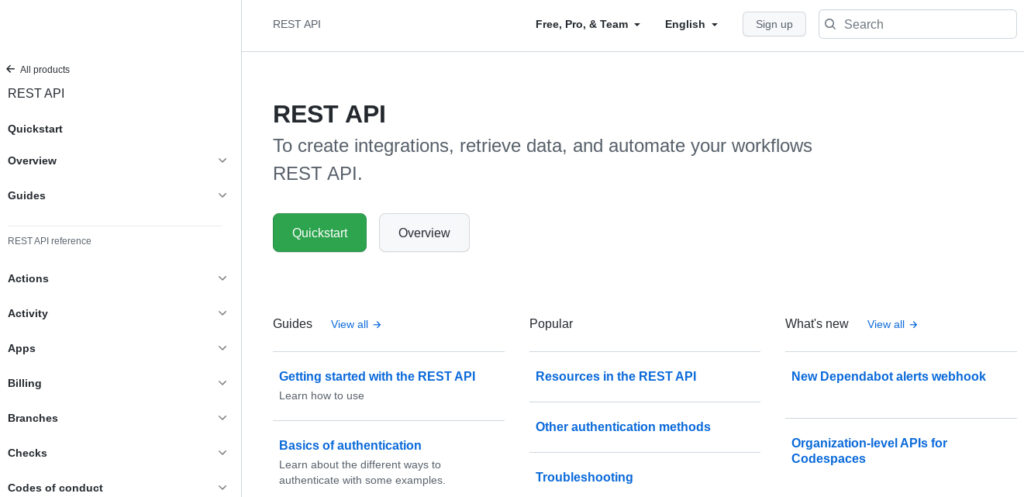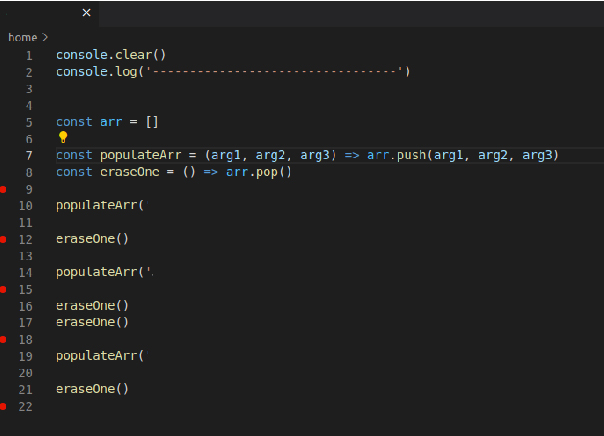
Website API Solution is critical in developing modern online apps that may communicate and share data with other online services. However, web APIs might fail or act unpredictably, resulting in mistakes, delays, or unexpected outcomes. How do you debug a misconfigured web API? Here are some suggestions and tools for diagnosing and resolving common web API challenges.
Table of Contents
ToggleVerify the Documentation
To debug a web API, begin by reviewing the API provider’s documentation. Documentation should include information on the API’s endpoints, arguments, headers, authentication, response codes, and error messages. You should also see whether the API has any limitations, quotas, or rate constraints that may influence your queries. If the documentation is unclear or out of current, you can contact the API provider for help or clarification.

Prioritize API troubleshooting by thoroughly reviewing the documentation. Understand the ends, parameters, and probable limits. In times of doubt, seek prompt assistance from the provider for clarification. Clarity in documentation is critical to effective issue resolution.
Test the API using a Tool
The next step is to run the API using a program that can send and receive HTTP requests and replies. This API Solution enables you to tailor your queries, analyze answers, and diagnose issues. You can use these tools to see if the API is operating properly or if there is an issue with your request or the API itself. Easily verify your API with precision with our powerful API Integration Tool.
Customize requests, review replies, and troubleshoot smoothly. Improve your testing game by comparing various situations and parameters, guaranteeing that your API works seamlessly across many contexts. You may also use these tools to compare the outcomes of different requests and settings, as well as simulate other scenarios.
Analyze the server logs and errors

Another stage is to examine the logs and faults of your online application and web API. Logs are recordings of the events and activities that take place within your web application and web API. Errors are notifications that indicate a problem or failure with your online application or web API. You may utilize logs and errors to determine the source, reason, and effect of web API problems. You may also utilize logs and failures to monitor the web API’s performance, availability, and dependability.
Debug the code

The last thing to do is to debug the code for the website API Solution. Debugging is a method of identifying and resolving faults or flaws in code. Debugging tools and techniques may help you inspect, edit, and test your code. Break points, console, debugger, and unit testing are some of the most often used debugging tools or methodologies. You can use debugging tools or techniques to ensure that your code sends and receives the right data, handles errors correctly, and adheres to the recommended procedures and guidelines for web API integration.
Conclusion
Finally, analyzing the expertise of troubleshooting connectivity issues inside an API Solution is critical for maximizing the benefits of real-time data access. Businesses that use a methodical approach may assure seamless integration, decrease downtime, and increase overall efficiency. Our API solution provides not only a strong technological foundation but also a commitment to timely assistance and solutions.
Check the Request and Response headers.
Verify the status code.
Check the authentication parameters.
Validate the body.
Check for logging.
Look for workarounds.
Here are the five most frequent client-side status error codes and how to resolve them:
404 Not Found. The most common HTTP status code is “401 Unauthorized.” This status code indicates that you have not yet authenticated against the API. Other options are 403 Forbidden, 400 Bad Request, and 429 Too Many Requests.
If you perform the third-party API activities before your code, you won’t have to roll back your code if they fail. If the third-party actions pass, you can execute your code; if they fail, all of your code will be reset, but the third-party API activities will remain.






